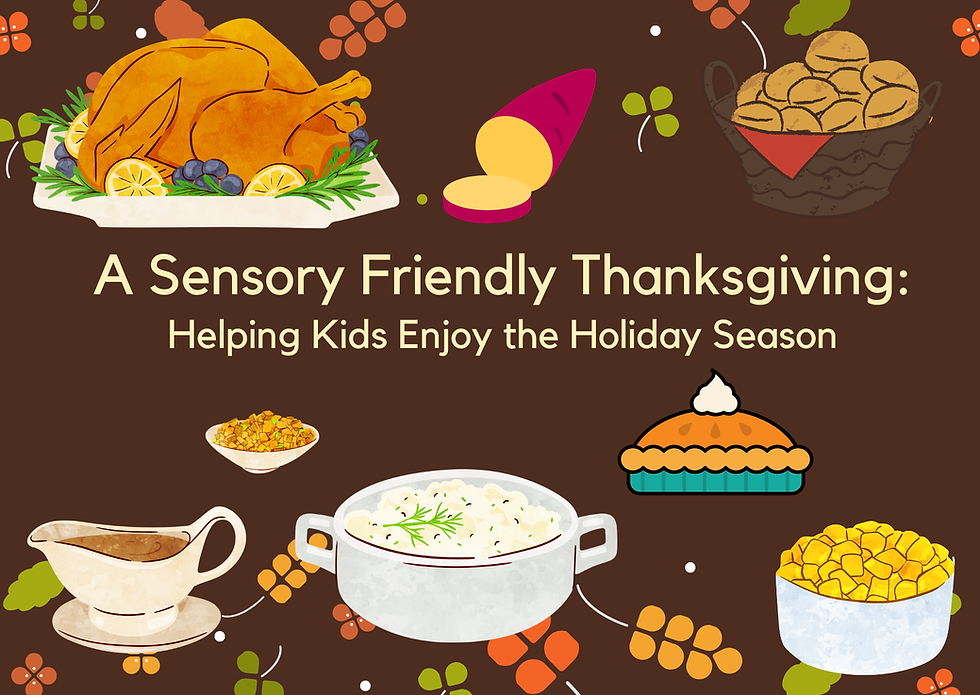Emotional Regulation
- Lisa Cooseman, OTR/L, MS

- Feb 19, 2019
- 3 min read

Being able to regulate our emotions is not something we are born with. Parents of toddlers’ experience this on a daily basis. A child is upset because they want a toy from the store and the parent says, “no”. There is an immediate standoff including tears, screaming and dropping to the floor. As much as the parent may want to do the same, they hopefully manage their emotions and do their best to get through the situation without eliciting too much attention. This type of situation and how parents respond is how children learn about what is acceptable as well as how to handle disappointments.
As parents we can look back and laugh about the huge emotional reactions that our kids experience based on what we deem as “small problems”. A child’s emotional responses can swing up and down very quickly. To a child every problem is a huge problem and the only way they know how to communicate is to cry and tantrum. Parenting during these meltdowns is stressful, but necessary to begin teaching children that they can regulate their emotions.
It is important to begin working on developing a child’s emotional regulation before the age of 2 years, but should be continued to be address throughout childhood and adolescence. Eventually, we help our kids give their emotions a voice. We help them recognize their emotions, monitor them and learn how to adapt their behaviors in given situations. Emotional regulation is the first step in working toward emotional intelligence and impacts every part of our lives. A lack of emotional regulation impacts family and peer relationships, academic performance and general mental health.
What do emotional regulation difficulties look like?
Emotional regulation difficulties may be easy to see. When your child is throwing tantrums, screaming, biting, hitting, etc., it is clear they are having difficulty regulating their emotions. However, emotional regulation difficulties can also result in anxiety, worry, avoiding social situations, withdrawing from relationships or overall sadness. It is clear to see why emotional regulation has a direct impact on our mental health.
How do I teach emotional regulation?
Modeling: Model the emotions and responses you expect from your children. Kids will observe parents’ responses and learn from them. For example, if a parent gets angry with a family member and yells at them, the child is more likely to respond in a similar manner when they are upset. It is important for parents to verbalize the emotions they are experiencing in order to teach children about the variety of emotions we experience.
Problem solving: In addition to verbalizing your emotions, it is also important to encourage problem solving. Help kids figure out how they can solve the problem they are upset about. This will empower them to recognize that they have control over their problems. For example, you can use language such as, “I am frustrated that you left your coat at school. What can we do to remind you to bring it home?”
Accept, empathize, validate: Having a genuine understanding for your child when they are upset is more likely to have positive outcome than dismissing it. Dismissing or reacting in a negative or punitive manner can cause children to have poorly adaptive emotional regulation. For example, you can use language such as, “I understand you are feeling frustrated that you have a lot of homework tonight. I bet that is really hard. I remember how hard that was when I was in school. It makes sense that you would be frustrated about that.”
If you are concerned about your child’s ability to regulate their emotions and feel it is impacting them at home or school, please call the office at 636-928-LEAP(5327) to set up a free consultation or click the link below to get started.




Comments